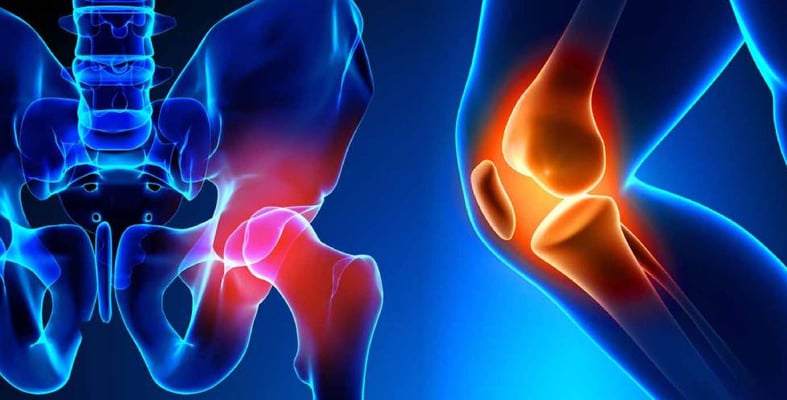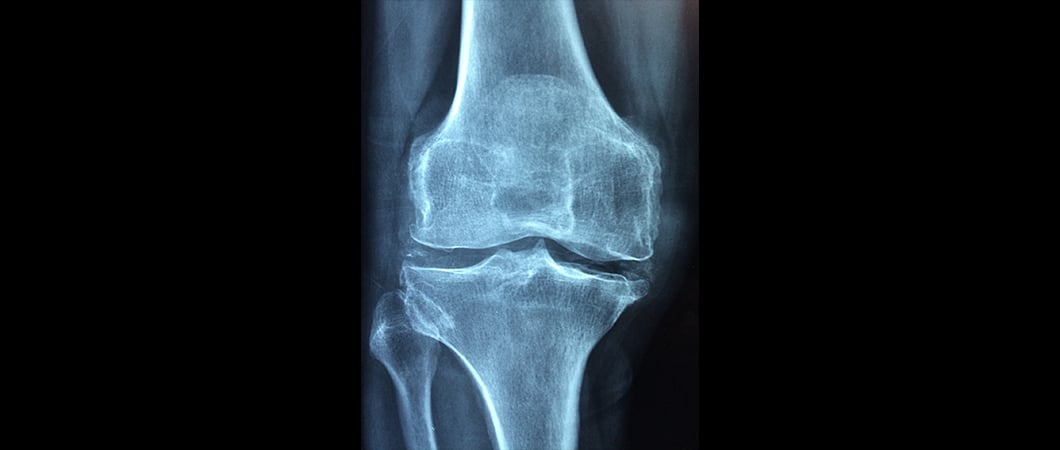Hip and knee joint surgeries

What is a hip or pelvic joint replacement?
It is a type of surgery in which the orthopedic surgeon replaces the pelvic or hip joint with a prosthetic joint.
Who are the patients who must replace the pelvic joint?
Pelvic joint replacements are performed for some elderly patients with pain and stiffness, and restricted movement in the pelvic joint.
Some of the most important reasons that lead to problems in the pelvic joint:
- Osteoarthritis.
- Arthritis.
- Some injuries and fractures.
- Some congenital conditions.
The replaced pelvic joint can reduce pain in the patients and improve the mobility of their knee joint.
When replacement of pelvic joint is the suitable option for the patient?
If the cause of the joint problem is acute inflammation, joint replacement is an appropriate option, especially after the failure of other medications and physical therapy.
But it is not advisable to replace the joint for young patients, because the artificial joint is prone to wear and tear over time, especially among the highly mobile and active patients.
The joint remains in good condition for at least 10 to 15 years, and even more most of the time.
How is the joint replacement operation performed?
The operation is performed under general anesthesia, where the orthopedic surgeon opens a surgical incision at the site of the joint, and the joint is replaced with an artificial joint made of plastic, metal, or a specific ceramic material.
After joint replacement surgery
The patient remains in the hospital after the operation for approximately two to four days, where the doctor prescribes specific treatments to relieve pain as well as an antibiotic, in addition to anticoagulant to prevent thrombosis that may be caused by the lack of movement, and usually, most of the patients can stand and walk a little with some support after two days of the operation, and under the supervision of a team of physical therapists.
When can I resume my life and daily activities after the operation?
Most patients can return to their normal activities three to six weeks after the operation with the help of the physiotherapy team, As they give patients instructions as to which activities they can do, and which activity they should avoid postoperatively and help patients to slowly go back to their normal routine and daily activities.

What are the problems and complications that can result from joint replacement?
- Anesthesia problems.
- Injury to a blood vessel or nerve.
- Inflammation in the wound site.
- Deep vein thrombosis due to lack of movement.
- Sometimes, long time after the operation, the joint may move, or have stiffness and less range of motion.
Knee joint replacement
The knee joint consists of Femur, Patella, and Tibia.
When the patients have a problem with the knee joint; they may suffer pain, swelling, stiffness or a restriction in the range of normal motion. These symptoms may also be caused by osteoarthritis, a type of degenerative bone disease that appears with age.
In some of these cases, the knee joint replacement operation can be the solution to reduce knee pain, improve movement and the patient's daily activities.
What is knee joint replacement?
It is a type of surgery in which the bones of the knee joint are replaced by a prosthetic joint prosthesis.
When knee problems are treated with joint replacement?
Knee problems are treated surgically by replacing the joint if it cannot be medically treated with medications and physiotherapy, and doctors often prefer to start using conservative treatments before going to surgery, by helping the patient lose excess weight, prescribing some medications, knee braces, and physical therapy, and in case all that fails, the orthopedic surgeon goes for joint replacement as the last option.
As we mentioned earlier, it is preferable not to go for replacing the natural joint with another artificial one for young patients, because the artificial joint is prone to wear and tear over time, especially for patients who are very mobile and active.
How Long Do Artificial Joints Last?
The joint lives for at least 10-15 years, and can last longer in less mobile and active patients.
The joint replacement operation
The operation is performed under general anesthesia, where the orthopedic surgeon opens a surgical incision at the site of the joint and replaces the joint with an artificial joint made of plastic, metal, or a specific ceramic material.
When can I resume my life and daily activities after the operation?
Most patients can usually return to their normal activities after approximately four to six weeks, with the help of the physiotherapy team, where the specialized medical team directs the patients to what activities to perform and what to avoid in the postoperative period until the patients gradually return to the normal and usual lifestyle.
Patients whose knee joint has been replaced may feel that the artificial joint does not have enough flexibility as in the normal joint, and some may find it difficult in some activities, such as climbing stairs, and getting up from a low seat.
We, in Ilajak medical, offer you hip and knee joint replacements, through the best orthopedic surgeons specialized in hip and joint surgeries, and through the latest innovative technology in this field, with minimal surgical intervention.
Do you have an inquiry? Contact us - For FREE Consultation.
Ilajak Medical© | A passion for care




Treatment Services
In the Best Medical Centers
Contact Us
Please fill the form below and describe your condition, We will contact you back
- Dental Treatment
- Hair Transplant
- Obesity Surgery
- Vision Correction
- Health Resorts
- Other Medical Services
- No elements found. Consider changing the search query.
- List is empty.
Your personal data is processed as indicated in the general statement text and by continuing, you explicitly consent to the processing

